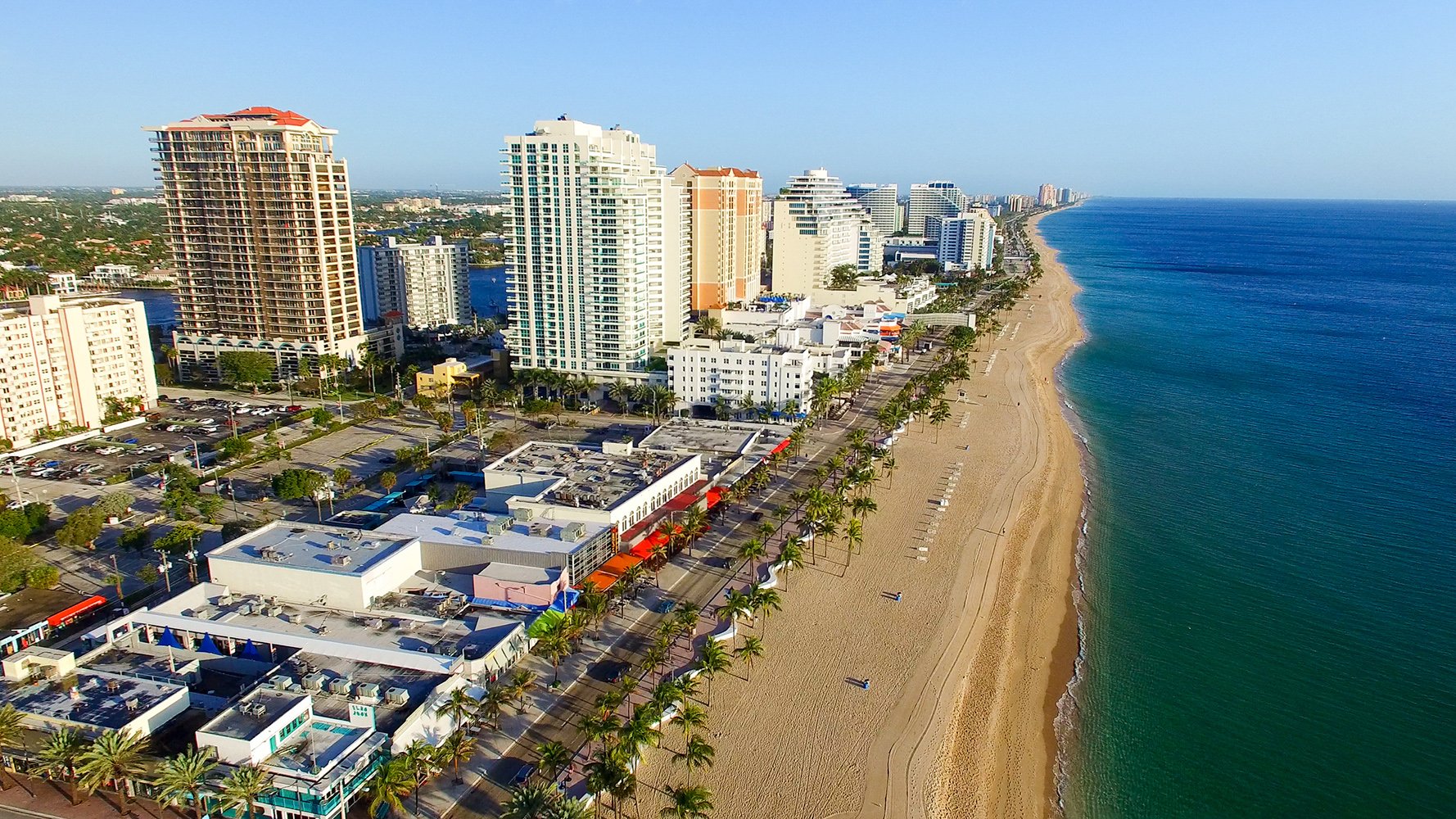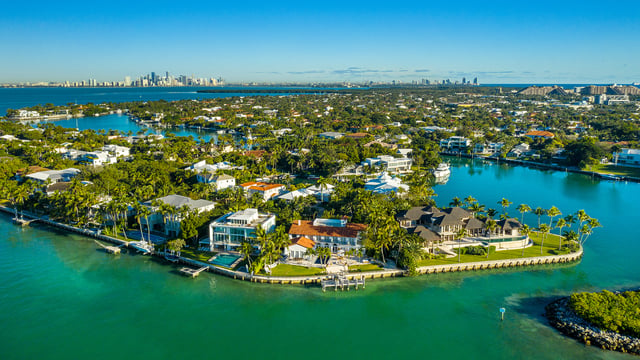
Bridge Clearances & Draft Depth: A Yacht Buyer’s Map of Miami, Miami Beach & Fort Lauderdale Waterways
Why Waterway Logistics Decide the Address
In South Florida, owning the right slip can be more decisive than owning the right floor. Your path to open ocean runs through a network of canals, rivers, and bridges with fixed heights and variable draw schedules, plus shoaling that changes with storms and dredging. Understanding bridge clearances and draft depth is essential when pairing a residence with a 70‑foot sportfisher or a 120‑foot+ motoryacht. The objective is a route that is safe, predictable, and efficient at varying tides and seasons.
Three ocean inlets matter most for luxury homeowners: Government Cut (Miami), Haulover Inlet (between Bal Harbour and Sunny Isles), and Port Everglades (Fort Lauderdale). Each offers a different personality—from cruise‑ship‑scale channels to more weather‑sensitive passes—and your berth choice should align with your captain’s comfort, your vessel’s air draft, and how often you run offshore.
Fort Lauderdale: America’s Yachting Capital
Fort Lauderdale concentrates deep‑water slips, world‑class service yards, and residences designed around yacht life. If you want ocean access with fewer bridges and generous depths, start with properties proximate to Port Everglades. The beachfront‑meets‑marina pairing at Four Seasons Hotel & Private Residences Fort Lauderdale and the club setting at St. Regis® Residences, Bahia Mar Fort Lauderdale anchor the city’s most visible yachting addresses. Upriver, boutique options like Riva and the riverfront lifestyle at Sixth & Rio appeal to owners who prefer an urban walk‑to‑dining profile while keeping the yacht minutes away.
Practical notes: fixed bridges along the New River dictate air‑draft limits for larger yachts; consult current city charts and your captain before committing to an upriver berth. Expect strong demand for marina‑adjacent residences with on‑site service and valet provisioning, particularly during boat‑show weeks and the winter season.
Miami & Miami Beach: Inlets, Islands, and Timing
South of Haulover, buyers balance bay‑to‑ocean runs with island privacy. Government Cut offers the most forgiving deep‑water access, but traffic around cruise operations can affect timing. Haulover Inlet provides fast northern access yet demands respect in certain wind and tide conditions. In Miami Beach, a bayfront residence with a well‑managed private dock or membership in a nearby yacht club can deliver the best of both worlds: discreet, protected mooring and swift offshore access when windows open.
Route planning matters. Know your vessel’s draft and air draft; map every fixed bridge; and plan fueling, pump‑out, and provisioning around your typical run times. Captains will often keep “Plan B” slips identified for storm season or extended travel.
Buyer Checklist: Matching Residence to Vessel
• Air draft vs. fixed bridges — Confirm clearances at mean high water, not just at low‑tide optimals.
• Channel depth & shoaling — Ask when the last dredge occurred and whether route soundings have changed post‑storm.
• Mooring & surge — Protected basins reduce wear; verify hurricane tie‑off plans and piling heights.
• Fuel & service proximity — Minutes saved on routine runs accumulate over a season.
• Neighborhood profile — Decide if you favor marina energy or a quieter residential canal with strict wake control.
Case Studies: Routes Owners Favor
For season‑long cruising, many owners favor the immediate access of Bahia Mar and the protected basins north of Port Everglades, running offshore within minutes of leaving the slip. Miami‑based owners who keep larger yachts frequently stage at marinas closer to Government Cut for departure days, returning the vessel to a quieter bayfront berth after passages. Smaller center‑consoles and sportfishers thrive in canal neighborhoods with rapid bay access and minimal wake, where a private lift keeps hulls pristine between runs.
For private guidance on South Florida’s most exceptional properties, visit Million Luxury.







